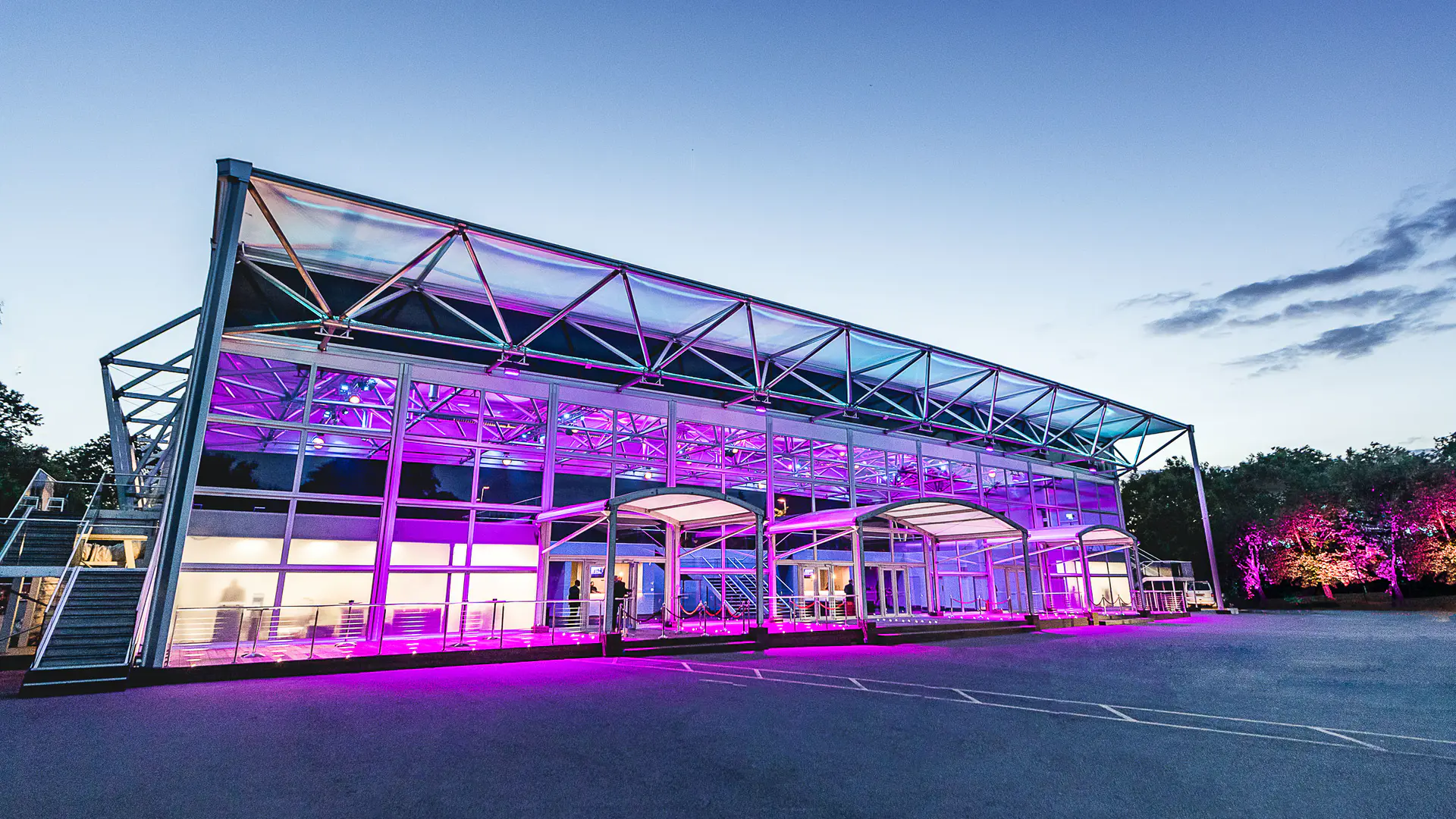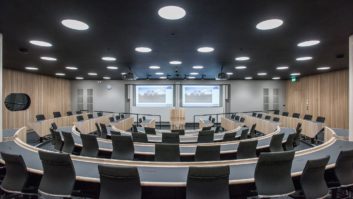
Whether CCTV alone actually acts as a deterrent, or is simply an inconvenience to those with criminal intent, is a subject of some debate. However, using CCTV in conjunction with voice address technology offers significant advantages, so it’s about time that the benefits of audio were reappraised.
Driving force
There have been massive developments in security technology in recent years thanks to the use of IP-based systems – and audio has not been immune from its influence.
From logistical and capital expenditure points of view, IP offers substantial savings, as devices can utilise an existing data cabling network infrastructure, rather than relying on the installation of a separate 100V line based system. As well as saving integrators time on-site and therefore creating better margins, IP-based audio technology is compatible with a wide range of other security devices including cameras, recorders and software – thereby ensuring full integration.
IP-enabled speakers provide clear, long-range speech for remote speaking in surveillance applications and, as well as enabling an operator to remotely address people, they can also play a pre-recorded message when manually or automatically activated in response to a specific event. Alarms can also be triggered based on audio sounds above a specified decibel level and IP audio also provides real time confirmation of an intrusion – providing organisations with an effective way of keeping people, property and assets safe, while avoiding false alarms and the unnecessary deployment of personnel.
Command and control
IP-based systems can also help to reduce overheads – take, for example, barrier and access control. Shopping centres often have one dedicated person on site to provide access for deliveries, etc. While this is obviously important from a security point of view, there may well be long periods of time where that operative is doing very little. By using an IP-based video and voice system, a remote monitoring centre is able to carry out this function as part of a much broader range of activities.
Furthermore, in the event that an intruder is identified, an operative at a remote monitoring centre can issue a verbal warning for them to cease what they are doing and disperse – an approach that has been proven to stop the vast majority of incidents going any further. If this doesn’t work then further action can be initiated, such as deploying manned guards to the scene or calling the police.
As each speaker has its own IP address, it can be isolated – so when it is only necessary to communicate with a person, or people, in a specific area, this can be achieved without utilising the entire system. IP audio also has less obvious benefits in terms of ensuring adequate standards of health and safety. For instance, in high density areas such as shopping centres, sports stadiums and even music festivals it can be used to make announcements that avoid bottlenecks happening.
‘IP-based audio should be considered an essential part of any remotely monitored CCTV system’
Knowledge is power
As well as IP, over the last 15 years power over Ethernet (PoE) has revolutionised the way devices are specified and IEEE 802.3bt means that it is now possible to deliver up to almost 100W of DC power over existing data cabling.
The power available, combined with the continued reduction in energy required by many devices, is swiftly bringing us to a point where a structured cabling system can be viewed as a power delivery medium as much as a data delivery one. Installation becomes less complex and the process is also quicker due to the need for fewer cables and power sockets to be put in place.
This means that an even greater array of security devices, many of which were previously unable to utilise PoE, can now do so, while it also simplifies the maintenance of devices and allows the easy addition of new products as required.
The time is now
Already proven to be highly effective at deterring those about to commit acts of crime and keeping people safe in places such as educational establishments, workplaces, car parks and hospitals, IP-based audio should be considered an essential part of any remotely monitored CCTV system. With a growing number of organisations utilising the power of IP-based audio to meet their security needs, it makes good business sense for installers to get on board now.







